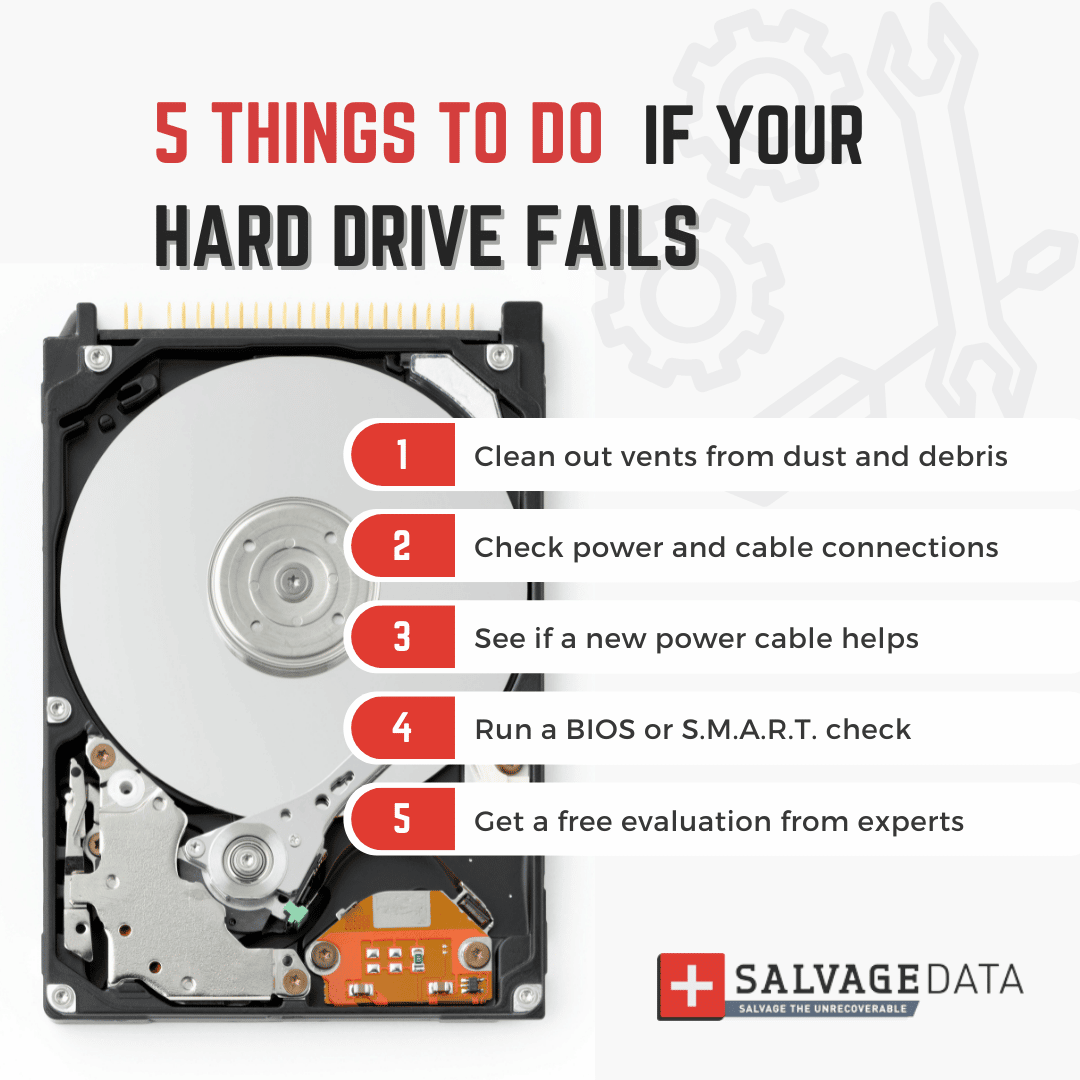In a world that is increasingly interconnected, ensuring the iPhone Security of our devices, including our iPhones, has become paramount. With the amount of personal and sensitive information stored on our smartphones, it’s crucial to take steps to protect our devices from potential threats. This article will explore essential tips and tricks to enhance iPhone security, safeguard personal data, and protect against potential vulnerabilities.
Set a Strong Passcode or Use Face ID/Touch ID
The first line of defense for your iPhone is a secure passcode or biometric authentication feature like Face ID or Touch ID. Avoid using simple or easily guessable passcodes and opt for longer, alphanumeric codes. Enabling Touch ID or Face ID adds an extra layer of security, ensuring only authorized users can access your device.
Keep Your iPhone Security OS Up to Date
Regularly updating your iPhone’s operating system (iOS) is crucial for maintaining security. Updates often include bug fixes, security patches, and improvements to protect against known vulnerabilities. Enable automatic software updates to ensure your device is always running the latest version of iOS.
Use Two-Factor Authentication (2FA)
Enable Two-Factor Authentication for your Apple ID to add an extra layer of security during the login process. With 2FA, a verification code is sent to your trusted device when you sign in to your Apple ID from a new device or browser. This provides an additional level of protection against unauthorized access.
Be Cautious When Installing Apps
Only download apps from the official App Store to reduce the risk of installing malicious software or malware. Check app reviews, ratings, and the developer’s reputation before downloading. Be wary of granting unnecessary permissions to apps, and regularly review the permissions you have granted to existing apps.
Activate Find My iPhone
Enabling the Find My iPhone feature allows you to locate your device if it is lost or stolen. It also provides options to remotely erase the content on your iPhone to prevent unauthorized access. To activate Find My iPhone, go to Settings > [Your Name] > Find My > Find My iPhone and toggle it on.
Secure Your Wi-Fi Connections
When connecting to public Wi-Fi networks, exercise caution as these networks can be vulnerable to hacking. Avoid accessing or transmitting sensitive information on public Wi-Fi networks, and consider using a Virtual Private Network (VPN) to secure your internet connection. Additionally, regularly review the list of known Wi-Fi networks and delete any no longer in use.
Regularly Backup Your iPhone
Regularly backing up your iPhone ensures that your important data is protected even in the event of device loss, damage, or security breaches. Use iCloud or iTunes to create regular backups of your device, making restoring your data onto a new device easier if needed.
Enable Data Protection and Encryption
Activate the Data Protection feature on your iPhone to encrypt the information stored on your device. This provides an extra layer of security, particularly for sensitive data such as passwords and private documents. To enable Data Protection, go to Settings > [Your Name] > Touch ID & Passcode (or Face ID & Passcode) > Turn on Passcode (or Change Passcode) > Enable Data Protection.
FAQs
How can I tell if my iPhone has been hacked or compromised?
Signs of a compromised iPhone include unusual battery drain, sluggish performance, unexpected pop-ups, apps you didn’t install, or suspicious activity on your Apple ID. If you suspect a security breach, update your iOS, change your passwords, enable two-factor authentication, and scan for unauthorized apps or settings changes.
Is using Face ID or Touch ID safe instead of a passcode?
Yes, Face ID and Touch ID are secure authentication methods that add convenience without compromising security. They are encrypted and stored securely on your device, making unauthorized access difficult. However, for maximum protection, use them alongside a strong alphanumeric passcode.
What should I do if I lose my iPhone or it gets stolen?
If your iPhone is lost or stolen, immediately use the Find My iPhone feature to locate, lock, or erase your device remotely. You should also change your Apple ID password and notify your mobile carrier to prevent unauthorized use. If necessary, report the loss to local authorities.
Conclusion
As our lives increasingly revolve around our smartphones, it’s vital to prioritize iPhone security. By following these tips and tricks, such as setting strong passcodes, keeping the device’s operating system up to date, and using two-factor authentication, you can enhance the security of your iPhone and protect your personal data. Being cautious when installing apps, securing Wi-Fi connections, regularly backing up your device, and enabling data protection adds extra layers of security. By taking these proactive measures, you can enjoy your iPhone’s convenience and power while keeping your digital life secure.
